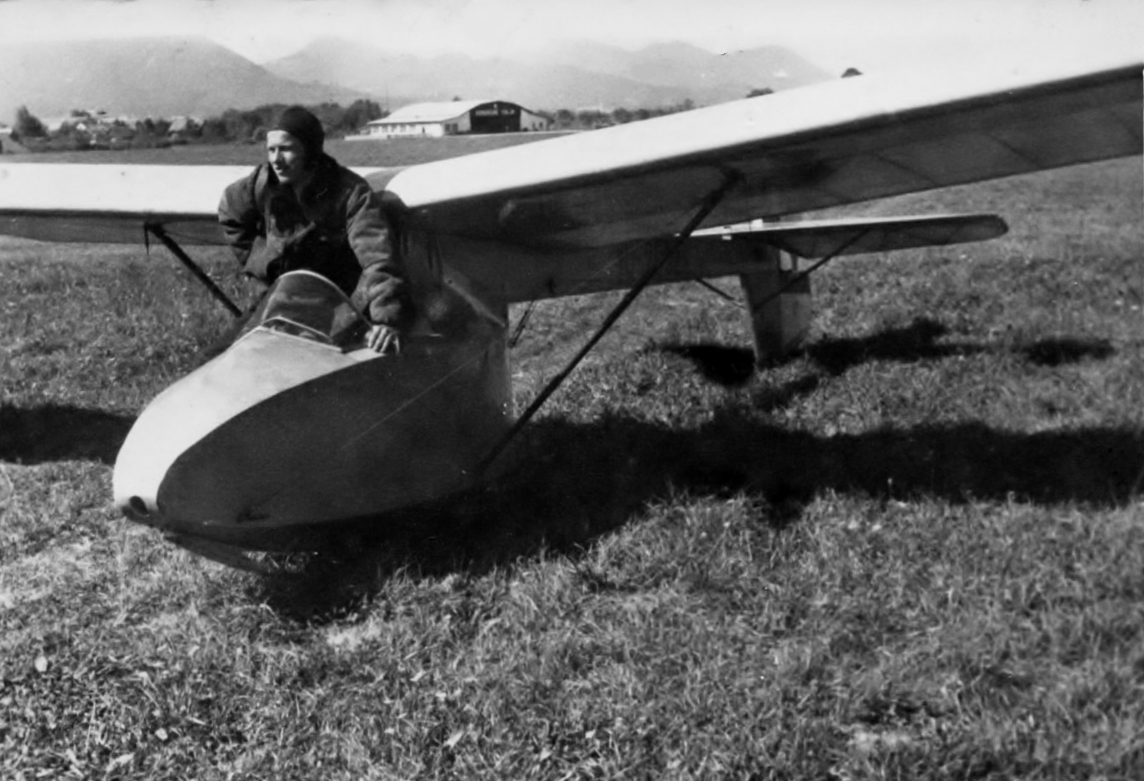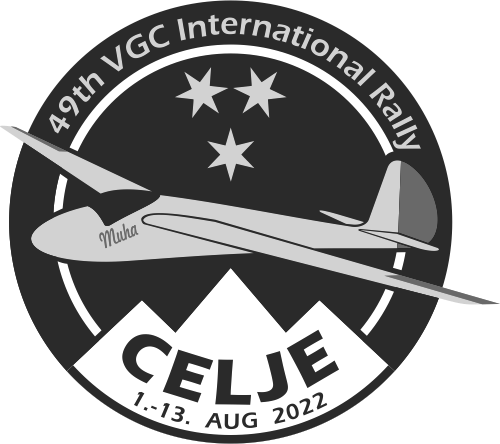Frequently Asked Questions
Slovenia joined the European Union in 2004 and adopted the Euro in 2007.
Slovenia joined the Schengen area on 21 December 2007.
Slovenia is quite cheap compared to the nearby Switzerland, Austria, and Italy, but it’s more expensive than most countries in Eastern Europe.
- Slovenes speak Slovene. This Slavic language has 2 million speakers and is very close to Croatian/Bosnian/Serbian. It is also similar to Czech, Slovak, Polish, Russian…. Historically it has been mostly influenced strongly by German and Italian.
- For writing Latin alphabet is used with some special letters. Č, Š and Ž. Those are pronounced as ‘tsch’, ‘sch’ and ‘zh’. We do not use Q, W, X and Y.
- As Slovenia is very small, most Slovenes speak at least one foreign language. Younger generations predominantly speak English, some Spanish. Older generation is more proficient in German.
- Bonus trivia 1: Slovenian has singular, plural for two and standard plural 🙂
- Bonus trivia 2: We count similarly to Germans. 42 is ‘Dva – in – Štirideset’, ‚Vier – und – Zwanzig‘, ‚Two – and – Forty’ 🙂
- Traditional food in Slovenia is very diverse, depending on the region. In the region of Celje it is mostly influenced by Austrian-Styrian cuisine and Croatian influences.
- All kinds of meat are eaten but mostly Beef, Pork and Chicken.
- Vegetarians and vegans are not having problems finding a tasty meal for themselves.
- Some of our beloved dishes are beef soup with noodles, pork roast, roasted potatoes and pumpkin seed oil as salad seasoning.
- Fusion food is common but not as popular as in the Europe’s biggest metropoles. Italian and Serbian food is very popular.
- Shops are closed on most Sundays and may only be open until noon on Saturdays. Generally they work on weekdays until 8 or 9 PM. Technical stores until 6 or 7 PM.
- Most restaurants operate without ‘siesta’ until 10PM every day. Some might be closed on Mondays.
- You should have your lights on at all times!!!!
- Using a mobile phone while driving or not using a seatbelt (also on the back seat) is penalized.
- Speeds: 30km/h in school areas, 50km/h in populated areas, 90km/h on regional roads, 110km/h on motorway (blue signs) and 130km/h on highway(green signs). With trailer never over 80km/h.
- Permitted level of alcohol: 0,25g/l in blown air. This corresponds roughly to 1l of lager. However if you are involved in a crash you are automatically deemed guilty if alcoholised, if police arrives.
- You can buy an digital vignette for the use of motorway and highway at DARS. A sticker version of it is normally available at all gas stations in the country and in neighboring countries as well. You do not need a separate vignette for the trailer.
- Important: Be sure to provide a correct cars license plate number when buying a vignette.
- At the roundabout those joining have to give way to ones already in the circle.
Celje is a good starting point for cross country flights. Generally we fly into the Alps starting 30km west from the airfield, or east to the Pannonian flatland.
Yes, but only with a flight plan. You will be briefed at the event.
There are some public airfields quite close to us. Šoštanj, Slovenjske Konjice and Slovenj Gradec. And some private ones Ranč-Vransko, Pobrežje and a small strip 5 km North of Celje. All in radius of 30km.
According to the 2016 Environmental Performance Index, which ranks 180 countries on how they protect human health and ecosystems, Slovenia is the 5th most environmentally friendly country on Earth.



